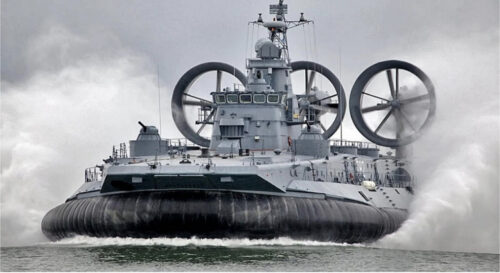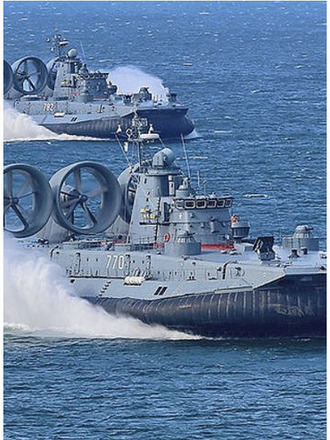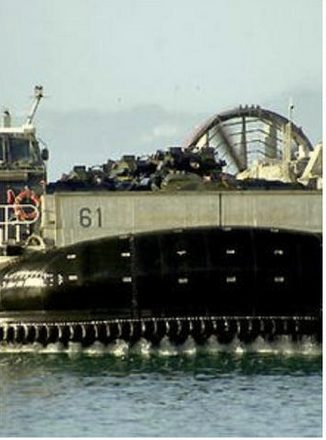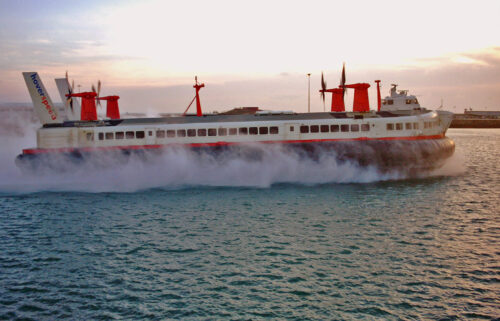
Giant seaplanes have captivated enthusiasts with their size and power, serving as remarkable engineering marvels. However, these impressive machines have experienced a decline in recent years.
In this article, we will explore the technological features of giant hovercraft, their historical significance, and the reasons behind their disappearance from the transportation landscape.
Hovercraft technology, including giant seaplanes, has a long history, with experiments on larger versions starting in the 1960s. One renowned example is the SR-N4, built by British firm Saunders-Roe.
This enormous vehicle transported hundreds of passengers and vehicles across the English Channel and also played a role in military operations. Another notable giant hovercraft is the Zubr-class LCAC, which serves the Russian Navy, capable of carrying troops, armored vehicles, and battle tanks over various terrains.

The technological prowess of giant hovercraft is awe-inspiring. Their ability to create an air cushion enables them to float over water and land without sinking or getting stuck. This cushion is generated by powerful engines and fans that blow air under the vehicle’s hull, while a flexible skirt creates a seal to trap the air.
This ingenious design allows hovercraft to smoothly navigate any surface, even at high speeds. Additionally, they incorporate advanced systems for navigation, propulsion, and stabilization, ensuring safety and reliability.
Despite their remarkable capabilities, giant hovercraft have faced challenges leading to their decline. Cost and complexity have emerged as significant factors. These machines require substantial investment in research, development, maintenance, and operation, making them more expensive compared to alternative transportation options such as boats or planes.

The specialized infrastructure necessary for hovercraft operation, such as docking facilities, adds to the overall costs and limits accessibility.
Safety concerns have also contributed to the decline of giant hovercraft. While hovercraft are generally considered safe, accidents and incidents have occurred, especially considering the large size and weight of giant hovercraft.
Maneuvering these vehicles in adverse weather conditions can be challenging, raising safety concerns. As a result, operators have reevaluated their use and explored alternative transportation methods.
Changing market demands and advancements in other modes of transportation have further impacted the popularity of giant hovercraft.

The advent of faster and more efficient aircraft, along with expanded maritime transportation options, has provided alternatives that surpass the capabilities of giant seaplanes in terms of speed and convenience. These developments have led to a shift in preferences, reducing the demand for giant hovercraft.
The decline of giant seaplanes represents the end of an era in engineering marvels. Despite their disappearance, their legacy endures, showcasing the innovative spirit and technological achievements of the past.
As transportation and engineering continue to evolve, new possibilities will emerge, captivating the fascination and awe of future generations. The mysterious disappearance of giant seaplanes reminds us of the ever-changing landscape of technology and the need to adapt to evolving demands.
VIDEO:
